Like many cosmopolitan cities Paris is made up of a number of distinct areas and parts – each with their own charm.
The Paris arrondissements are where you’ll find art, history, culture, and the quartiers where the Parisians live and work.
Initially, Paris was a small town centered on the islands of the Seine, however as it grew it required more districts to accommodate the needs of the growing city.
This led to the present division of twenty arrondissements which was finalised in the 1860s, during the time of the reconstruction of Paris under Baron Haussmann.
The arrondissements themselves form a spiral, starting at the western tip of Île de la Cité with the 1st Arrondissement, running in a clockwise direction until you reach the 20th Arrondissement on the eastern boundary of the city.
Together, the twenty Paris arrondissements define the city and are referred to as colloquially as the “twenty little cities”.
The arrondissements
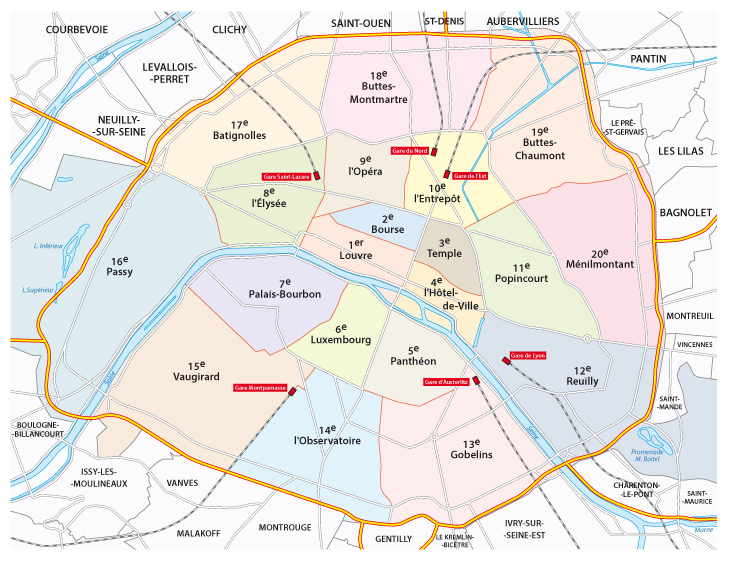
Like in many major cities a large number of Parisians have spent most of their time in their home arrondissement, with little reason to leave it.
Each of arrondissement contains unique neighborhoods, or quartiers, that can quickly come to feel like home even after a short time.
As a visitor, you’ll discover that the individual Paris arrondissements have their own feel and attractions.
You may not make it to all the Paris arrondissements, but this quick guide will help you focus on the important places to see and things to do in each district.
The map above shows the numbers of the Paris arrondissements as well as the names of the neighborhoods.
1st & 2nd Arrondissements – The heart of the city
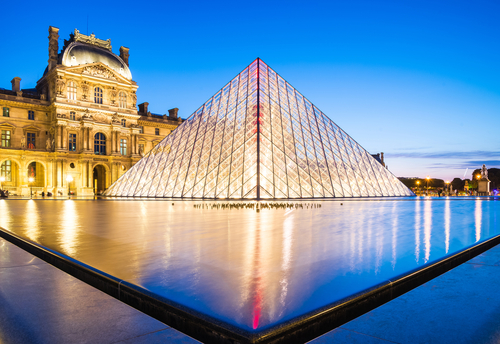
Much like the City of London the 1st & 2nd Arrondissements are the oldest and most central districts in Paris – as well as being two of the smallest.
For centuries, here was the seat of royal power in France. Today you’ll find many classic Paris attractions – Palais Royal, the Louvre, Jardin des Tuileries, Saint Eustache and Place de la Concorde.
3rd & 4th Arrondissements – The Marais
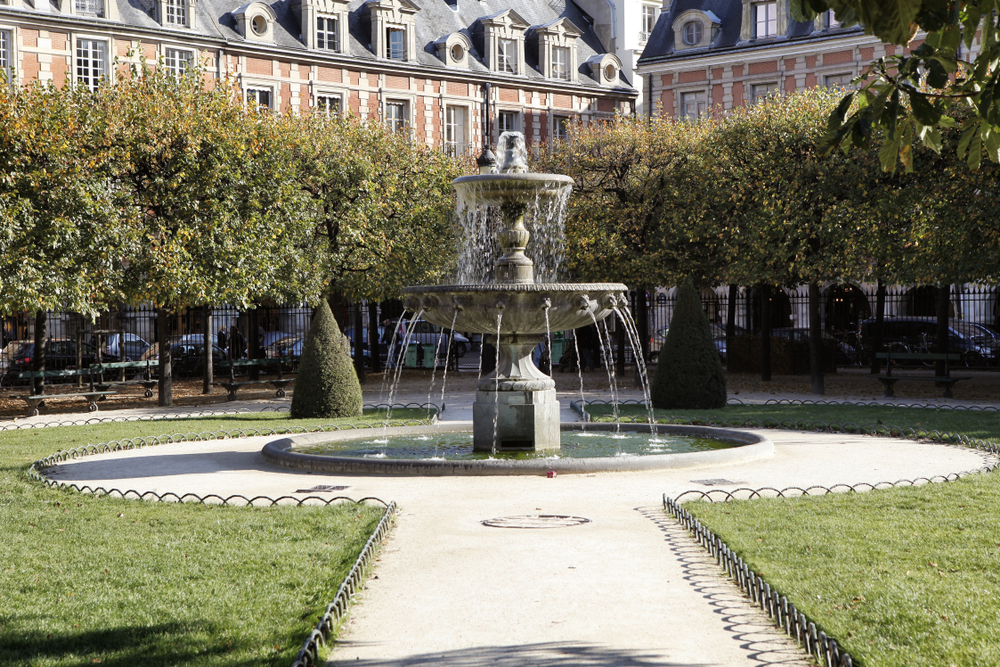
The Marais is one of the oldest and most charming quartiers of Paris. Built over marshlands (Marais), it was the preferred home of the aristocracy between the 13th to the 17th centuries.
Today it’s a bohemian area full of trendy shops with a lively alternative community.
It is also the center of the Jewish community in Paris, the Hotel de Ville (the City Hall), and a great place to grab brunch.
You’ll also find Parisians sat on the grass at the equilateral Place de Vosges, the first royal park in Paris open to the public
The Islands of Paris
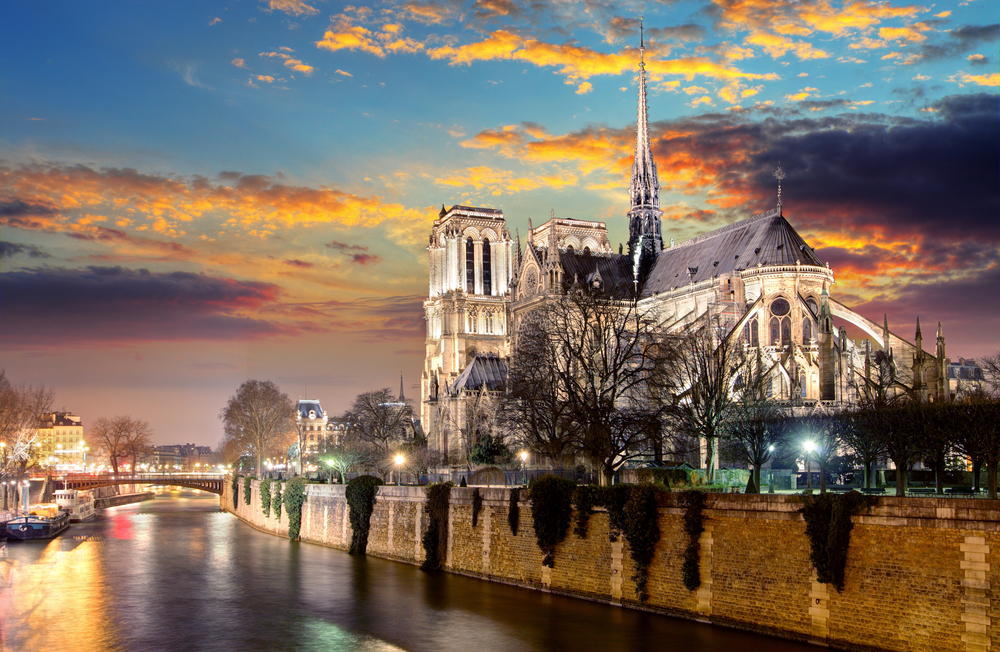
Though small these two islands are in the centre of Paris and both Île de la Cité and Île St. Louis are full of history. Notre Dame, La Sainte-Chapelle, the Concierge all occupy the islands. As do Hotel Dieu hospital and the police headquarters.
The Islands are located in part of the 1st and part of the 4th Arrondissements.
Mix this in with some of the finest shopping, cafés, and restaurants in the world and you’ll find yourself in a very happening, yet small, area.
5th Arrondissement – Latin Quarter
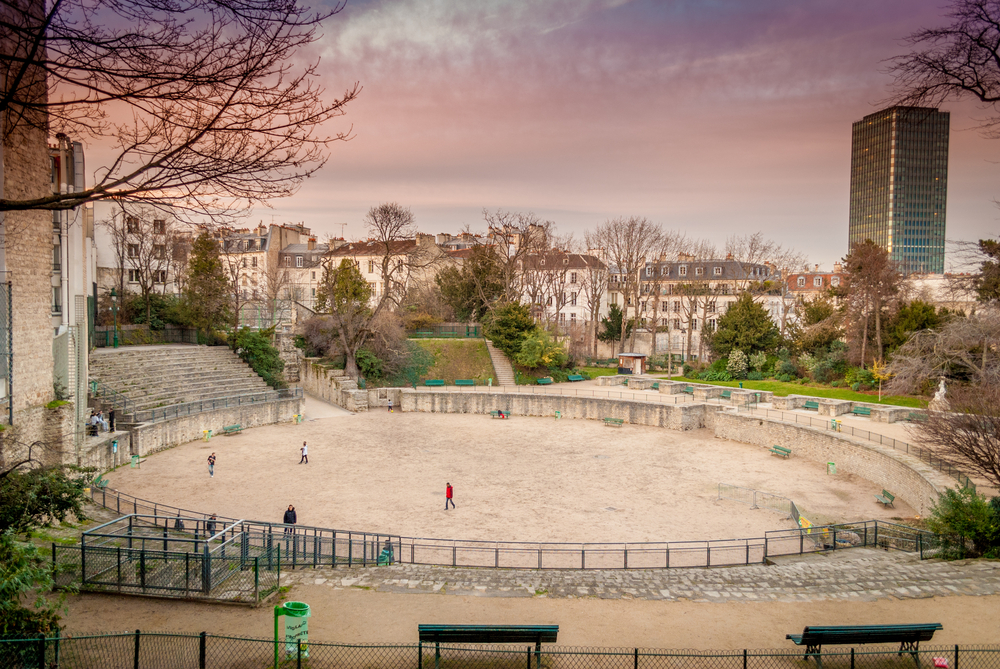
The 5th Arrondissement, dates all the way back to Roman times and is where you’ll find the Pantheon and the Sorbonne.
You’ll also find Rue Mouffetard, a market street to rival any of the UK and the winding cobblestone streets of old Paris (Coronation Street be damned!).
It’s also where you’ll find the remnants of Roman Paris coupled with some of the best food markets in the city.
The Latin Quarter is also home to the universities.
6th Arrondissement – St Germain de Prés

Think sterotypical Paris and you’ll think of Saint-Germain-de-Prés.
In the 19th century and the earlier part of the 20th century Saint-Germain-de-Prés was the haunt of both the French existentialists and the Americans of the Lost Generation.
It is also home to the Jardin du Luxembourg and the church of St-Germain-des-Prés.
Again this is a great place for shopping. It’s also renowned for its cafés and parks.
7th Arrondissement – The Eiffel Tower
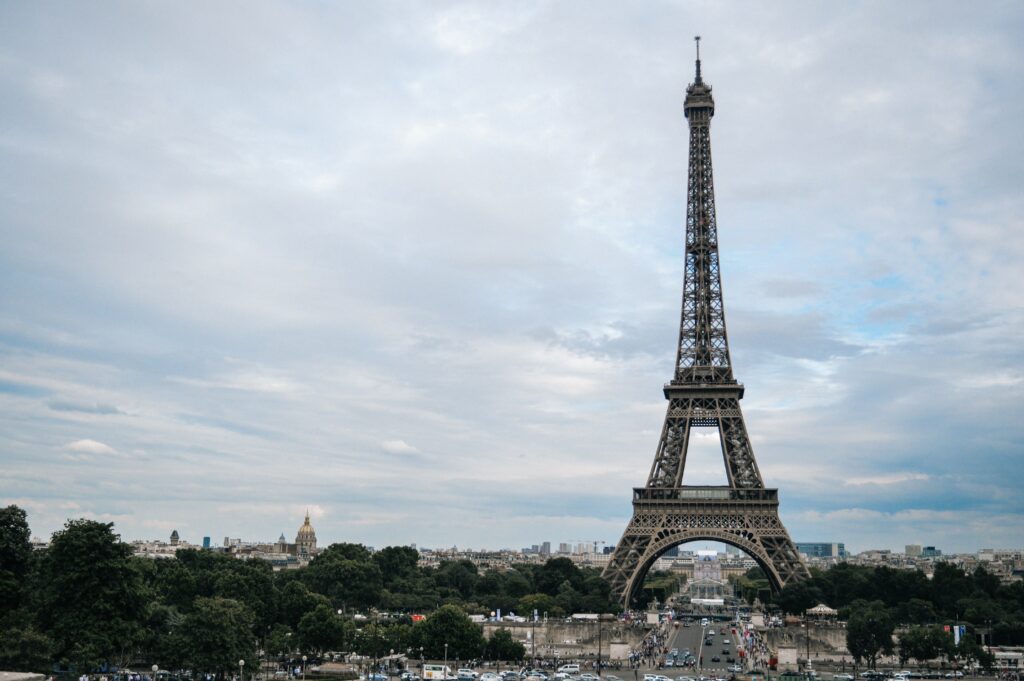
The home to some of the landmarks of Paris and for that matter France.
The Eiffel Tower, Musée d’Orsay and Les Invalides are all located in the 7th Arrondissement.
You’ll also find wealthy residential streets, tree-lined parks and many French government offices.
The 7th Arrondissement is also home to the Rodin Museum, the world-famous food street Rue Cler, and numerous restaurants and hotels.
8th Arrondissement – Champs Elysées
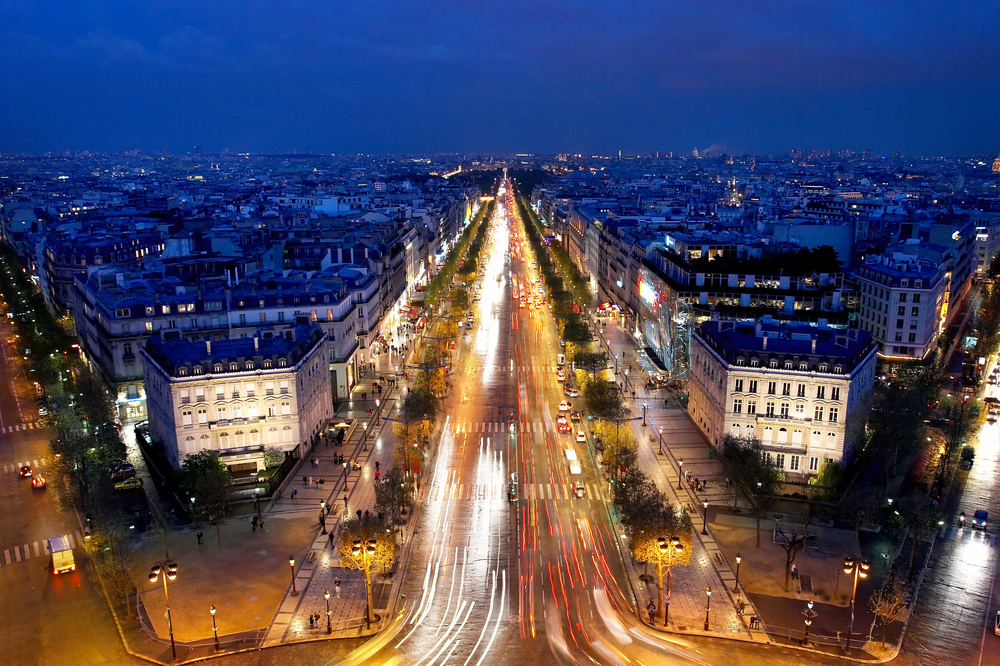
Luxury hotels, great museums, and amazing shopping can all be found in the 8th Arrondissement.
Parc Monceau can also be found in Champs Elysées. The park is unusual in France due to its “English” style, its informal layout, curved walkways and randomly placed statues distinguish it from the more traditional, French-style garden.
It includes a collection of scaled-down architectural features, or follies — including an Egyptian pyramid, a Chinese fort, a Dutch windmill, and Corinthian pillars.
Place de la Concorde is at one end of Champs Elysées and the Napoleon’s Arc de Triomphe the other.
The Arc itself is shared between three arrondissements; the 16th, 17th and 8th.
9th Arrondissement – Opéra
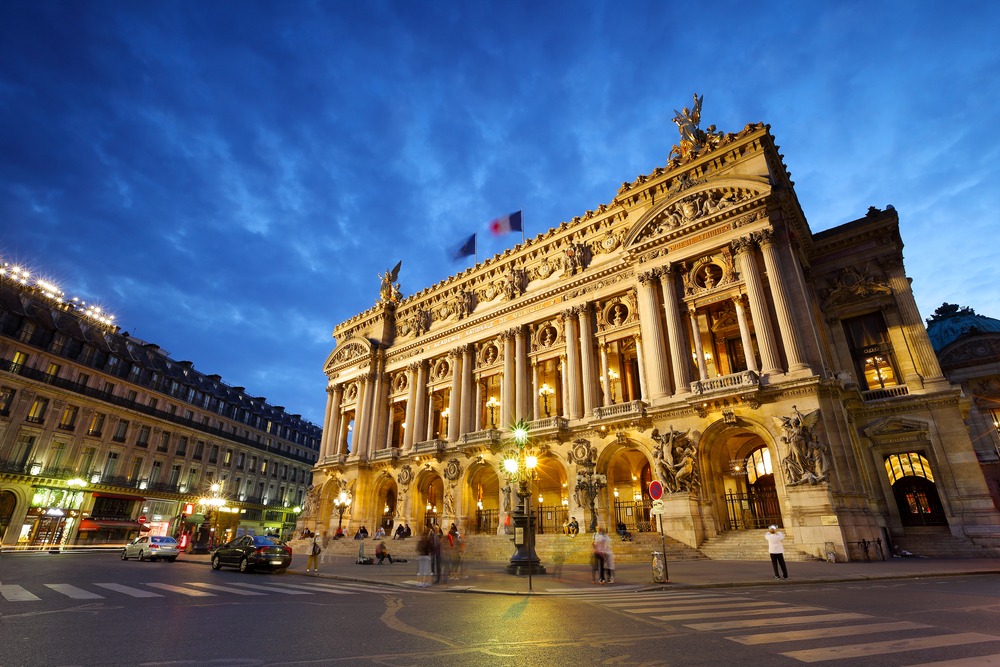
The 9th Arrondissement – Opéra is located on the right bank of the River Seine.
As you’d expect with a name like Opéra it contains many places of cultural, historical, and architectural interest, including the Palais Garnier, home to the Paris Opera, Boulevard Haussmann, and its large department stores Galeries Lafayette and Printemps.
The arrondissement is also home to a number of theaters including Folies Bergères, Théatre Mogador and Théatre de Paris.
Along with the 2nd and 8th arrondissements, the 9th hosts one of the business centers of Paris.
10th Arrondissement – Entrepôt

The 10th arrondissement, Entrepôt (warehouse), is again situated on the right bank of the River Seine.
The arrondissement contains two of Paris’s six main railway stations : the Gare du Nord and the Gare de l’Est.
Built during the 19th century, these two termini are among the busiest in Europe.
The 10th arrondissement also contains a large portion of the Canal Saint-Martin , linking the northeastern parts of Paris with the River Seine.
It’s full of life, shops, great restaurants and some good hotels.
11th Arrondissement – Popincourt
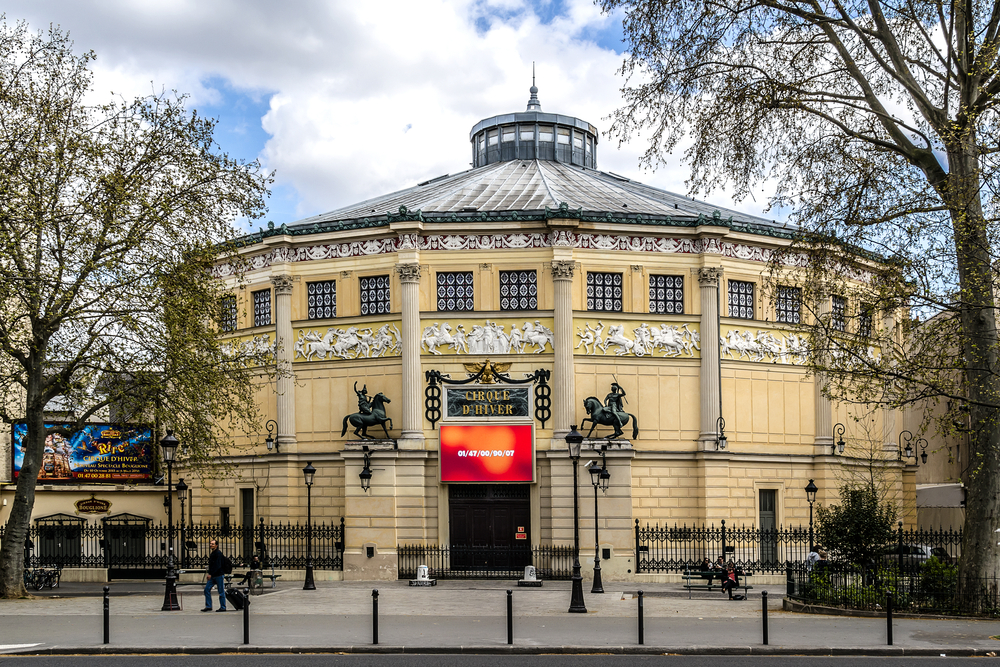
This arrondissement is one of the most densely populated urban districts of any European city.
The Place de la Bastille and the rue du Faubourg St Antoine are full of fashionable cafés, restaurants, and nightlife, and they also contain a range of boutiques and galleries.
The Cirque d’Hiver (Winter Circus), located at 110 rue Amelot (at the juncture of the rue des Filles Calvaires and rue Amelot, Paris 11ème), has been a prominent venue for circuses, exhibitions of dressage, musical concerts, and other events, including exhibitions of Turkish wrestling and even fashion shows.
There’s a good covered market that serves the quartier. You can also hop on a canal boat for a leisurely ride through the locks and on to the Seine River.
12th Arrondissement – Reuilly
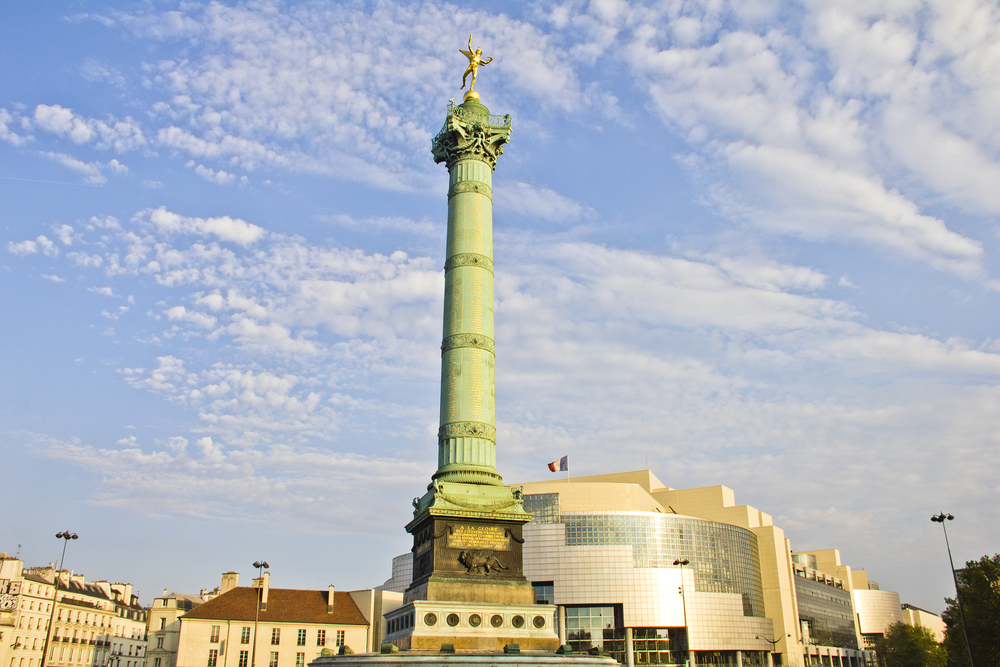
The 12th is the largest arrondissement in Paris and home to the Opéra de la Bastille, the second largest opera house in Paris.
The once-gritty 12th is now a cluster of tranquil residential neighborhoods.
The Coulée verte René-Dumont offers an oasis with gardens along a former elevated railway.
Whilst families flock to Bercy, an old warehouse district with a park and a concert arena, plus retail chains and restaurants.
Another great place to visit is the Cinémathèque Française, designed by Frank Gehry, which shows classic movies and has a museum and archive.
13th Arrondissement – Back to the future
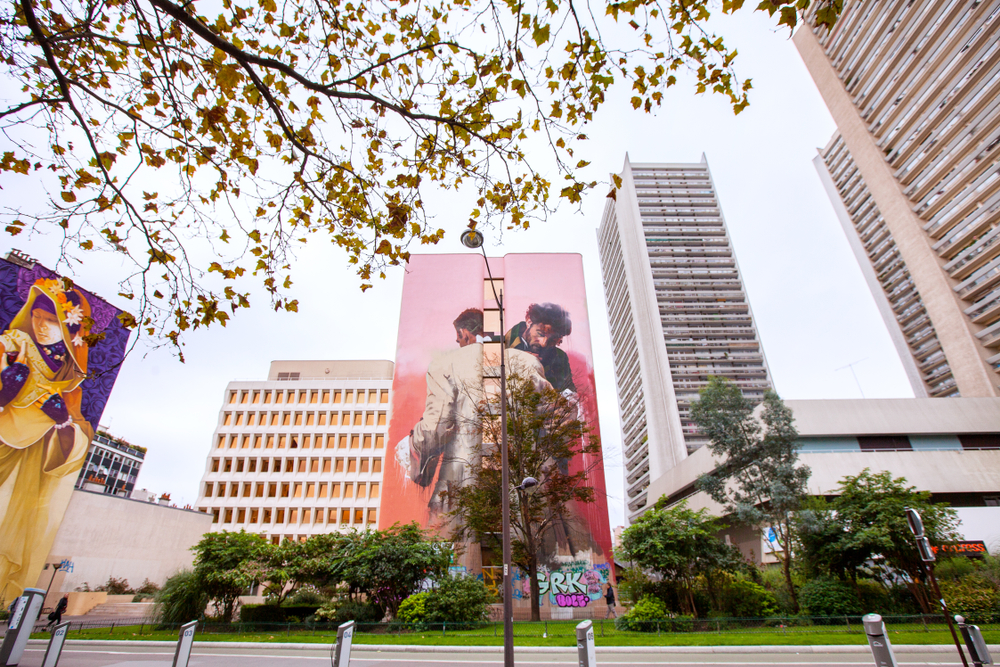
The 13th Arrondissement doesn’t feature historic monuments, cobblestone streets of some of the other districts of the city but there is still plenty for visitors to do and see.
This is the Paris of the 20th century. Classic buildings mingle with modern high-rises in the multicultural 13th.
The city’s main Chinatown teems with bright Asian groceries and a mixture of upscale and budget Chinese and Vietnamese eateries.
France’s main library, the Bibliothèque Nationale François Mitterrand, is also located in the 13th.
Meanwhile, the Quai de la Gare’s hip music clubs, cafes and bars on riverboats draw late-night revelers.
14th Arrondissement – de l’Observatoire

The 14th arrondissement spans Montparnasse, a shopping area lined with low-key eateries, creperies and historic bistros.
The neighborhood’s bohemian spirit is evident in its lively cafes and Montparnasse Cemetery where luminaries like Sartre are buried.
The eerie underground tunnels of Catacombes de Paris draw adventurous tourists, while aficionados of contemporary art visit Fondation Henri Cartier-Bresson
15th Arrondissement – Vaugirard
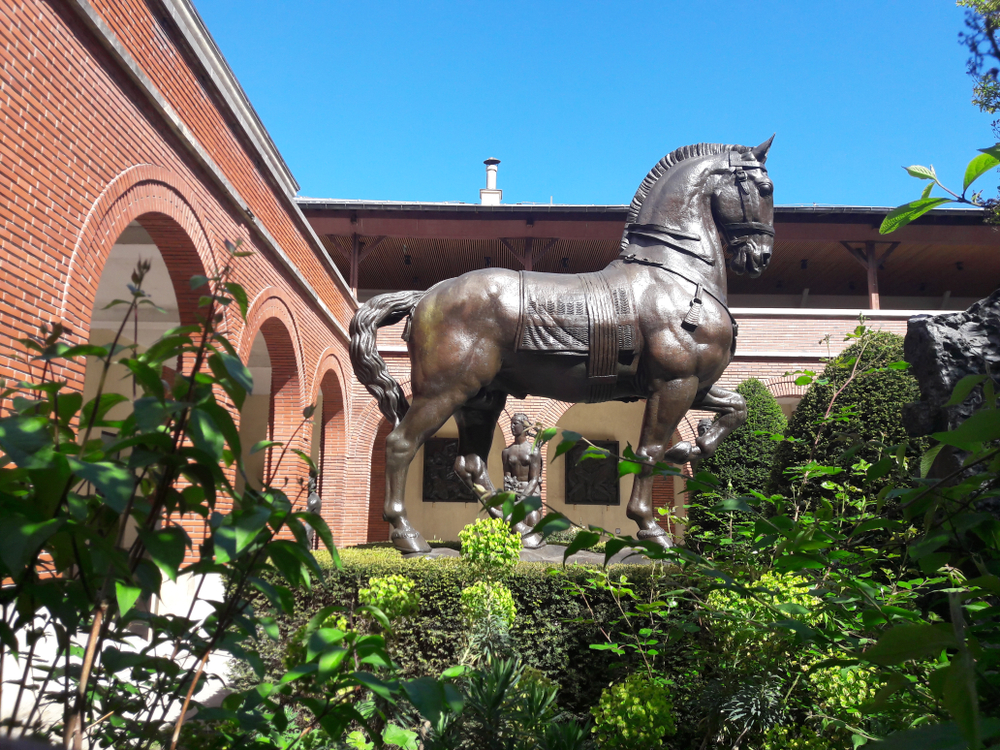
The 15th is an eclectic residential area where quaint shops around La Motte Grenelle metro station give way to the Tour Montparnasse skyscraper.
The Musée Bourdelle features sculptor Antoine Bourdelle’s studio and garden where artists like Chagall also worked.
The sprawling Parc André Citroën along the Seine draws tourists and families to greenhouses and a tethered hot-air balloon that offers city views.
Hop on Metro Line 8 or 12 to get to the 15th.
The 16th Arrondissement – Passy

The 16th includes part of the Arc de Triomphe, and a concentration of museums between the Place du Trocadéro and the Place d’Iéna.
With ornate 19th-century buildings, large avenues, prestigious schools, museums, and various parks.
The arrondissement has long been known as one of French high society’s favourite places of residence (comparable to London’s Kensington and Chelsea).
17th Arrondissement – Batignolles-Monceau
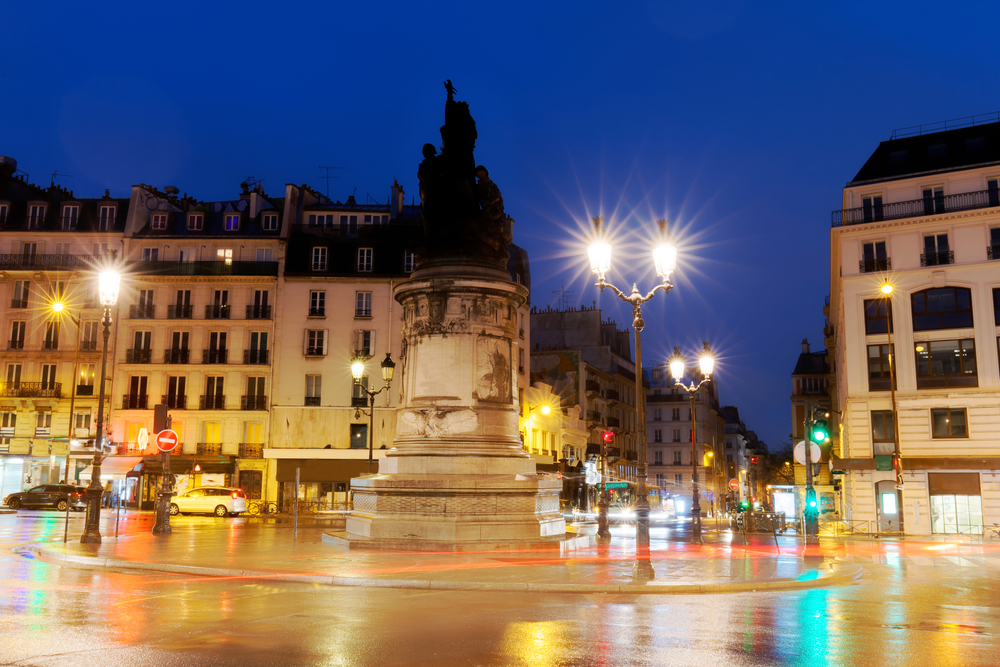
The 17th boasts Place de Clichy square – home to some of the most hip bars in Paris.
For daytrippers, there is the stately Musée national Jean-Jacques Henner and its 19th-century portraits.
Batignolles district, home to narrow streets packed with shops, wine bars and eateries, draws bohemian crowds.
Nearby, imposing boulevards converge at Place Charles de Gaulle, the starting point of the Champs Elysées.
The 18th Arrondissement – Butte-Montmartre
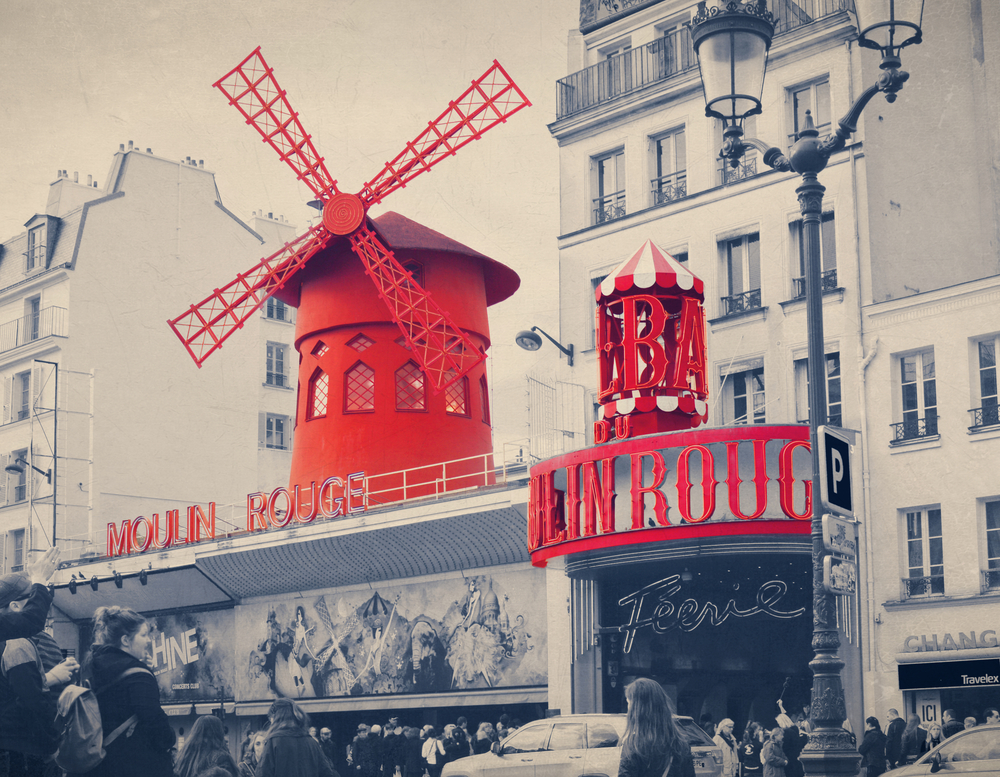
The 18th is centered around a former artists’ village once home to the likes of Pablo Picasso and Salvador Dali.
The arrondissement is also home to the Sacré-Cœur basilica which stands at the summit of the butte Montmartre, the highest point in the city.
There are sweeping views of the city from the steep, winding streets, while the world-famous Moulin Rouge cabaret draws tourists.
Check out the Lamarck district for retro-cool bars and eateries.
The 19th Arrondissement – Buttes-Chaumont

The 19th is the flagship arrondissement for urban regeneration.
It’s also great for families who flock to the 19th to enjoy the Canal de l’Ourcq and its waterfront promenade.
The 19th is also home to Parc de la Villette which contains museums such as the Cité des Sciences et de l’Industrie and concert venues.
Whilst the manicured Parc des Buttes Chaumont has waterfalls and city views.
Be sure to check out the edgy art at Cent Quatre.
The 20th Arrondissement – Ménilmontant

The bohemian 20th arrondissement is a laid-back area in the former industrial heartland of Paris.
Trendy Belleville pulses with budget Chinese eateries, and a new wave of contemporary art galleries and street art.
Young, arty crowds hang out in the grungy bars and music venues of hilly Menilmontant.
The leafy Père Lachaise Cemetery, where celebrities like Oscar Wilde and Jim Morrison are buried, is a popular tourist site.
Do you have a favourite arrondissement of Paris. Leave a comment to let us know!


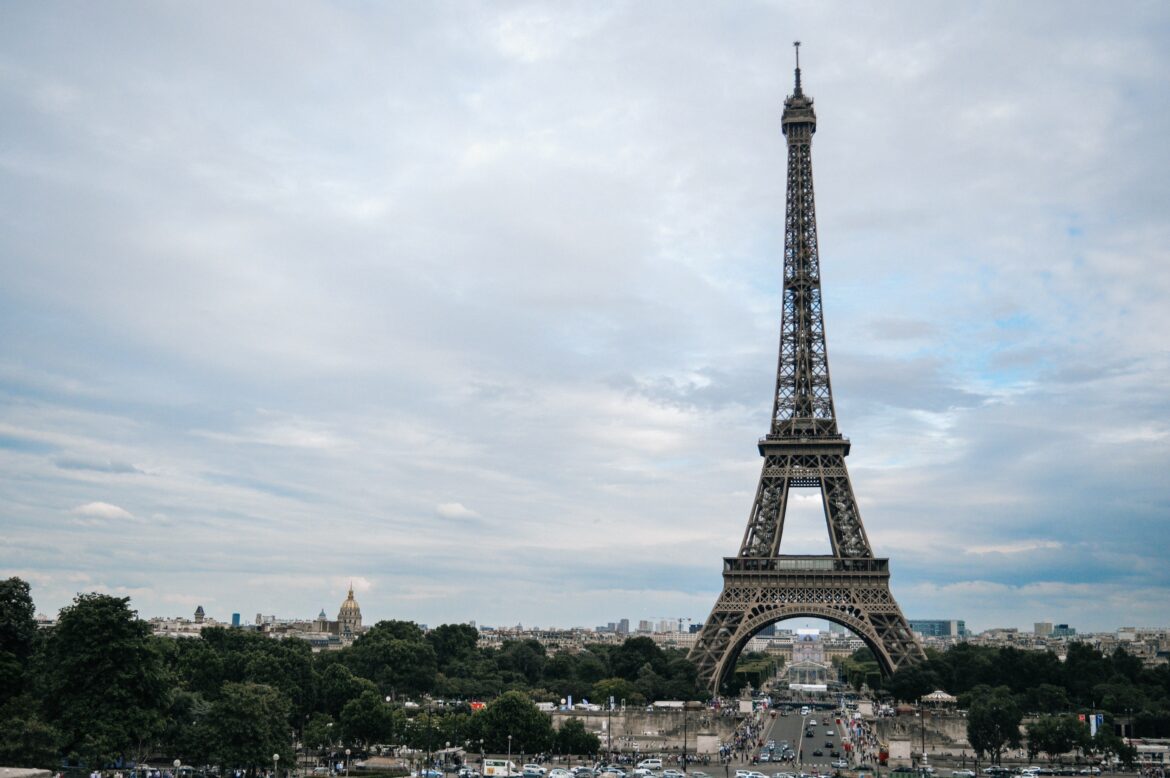
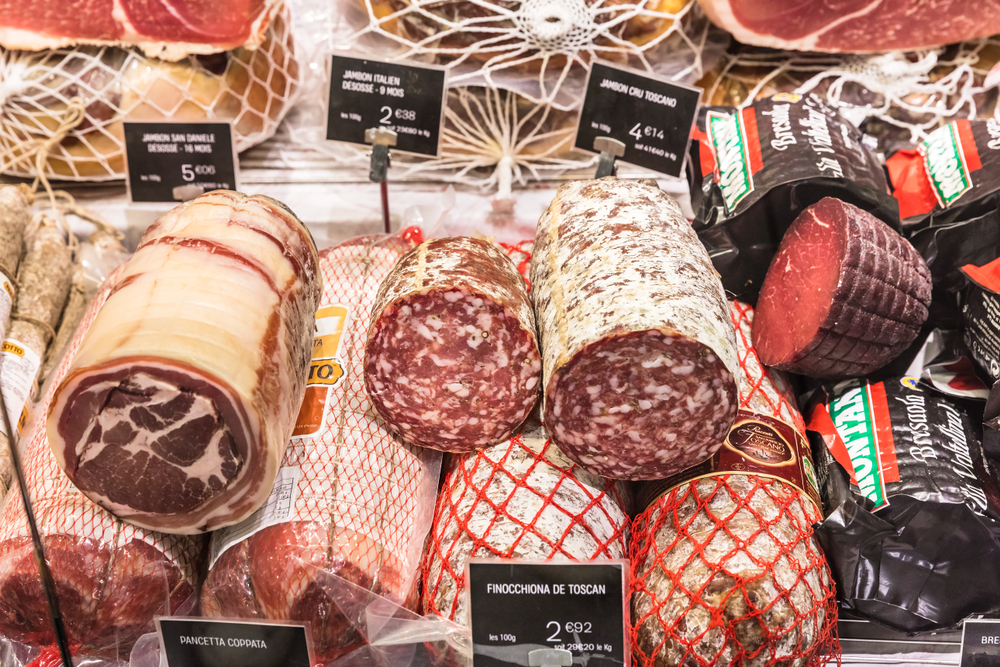


Sign up to play online games for real money.
through the web game page for real money directly from our game camp Automatic deposit and withdrawal, no minimum, play online games for real money, mobile
Supports all operating systems Try the game for real money Only here, newest 2022
Slots deposit 100 get 300
Apply for a new member, receive immediately, the first deposit 100 baht, receive a bonus immediately, the latest 300, apply for promotions through the website immediately.
Source of the latest promotions that you don’t miss
Is this good or bad?
how much cbd e liquid should i vape